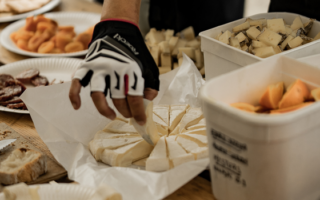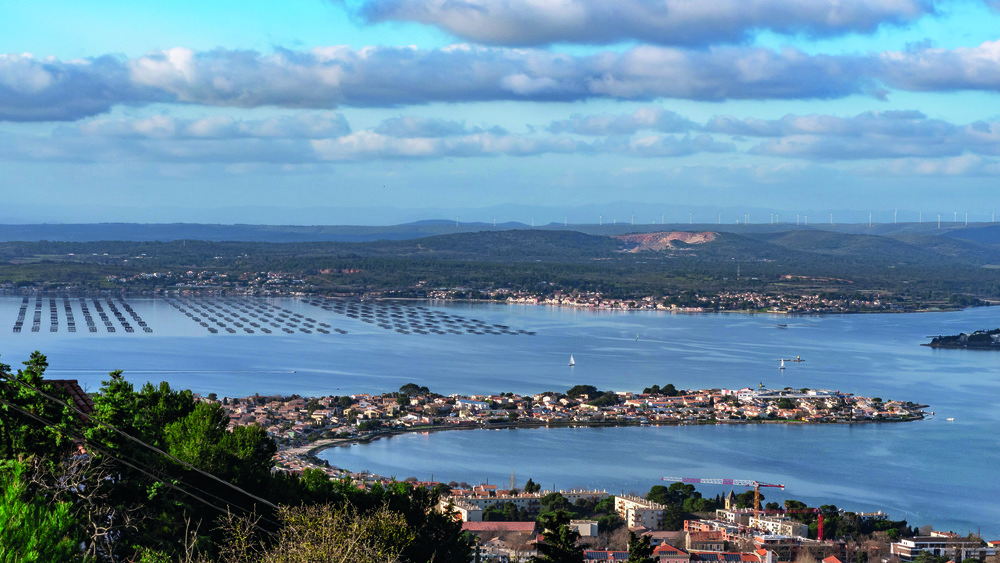
Where the vines meet the sea: Etang de Thau
Gill Harris indulges in Picpoul de Pinet, Bouzigues oysters and other gourmet delights against the shimmering backdrop of Hérault’s saltwater lagoon…
Driving from Montpellier airport to the Domaine du Mas Neuf, I spot just a couple at first – dead still, statue-like. They don’t look real.
But then as the shimmering lagoon opens out before me, I begin to see whole flocks of them, elegant flamingos stalking the water in a breathtaking sight. They’re here for the tasty morsels to be found in the waters of the Étang de Thau – as am I.
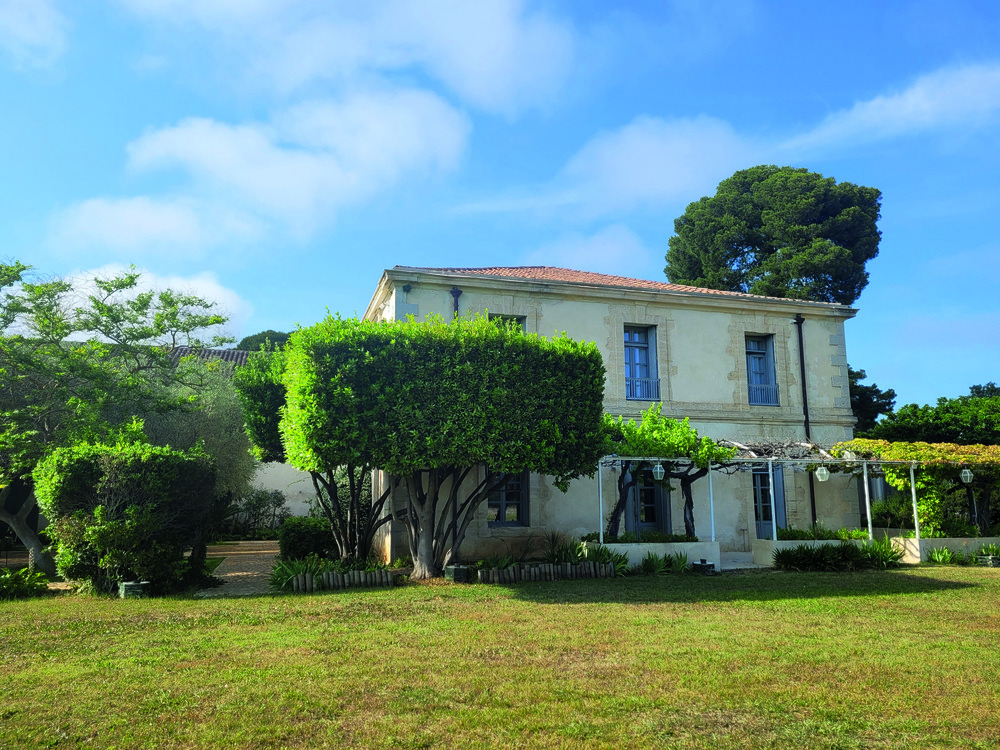
This saltwater lagoon, which is 21km long and 8km wide and joins the Mediterranean at Sète, is an oyster-laden wonderland and the heart of the Bassin de Thau. Here, fishing boats bob beside ancient vineyards, their harvests destined for tables heaving with briny oysters and garlicky razor clams, washed down with ice-cold glasses of Picpoul de Pinet – the crisp, citrusy white wine that is becoming an increasingly popular choice in bars and restaurants outside of France.
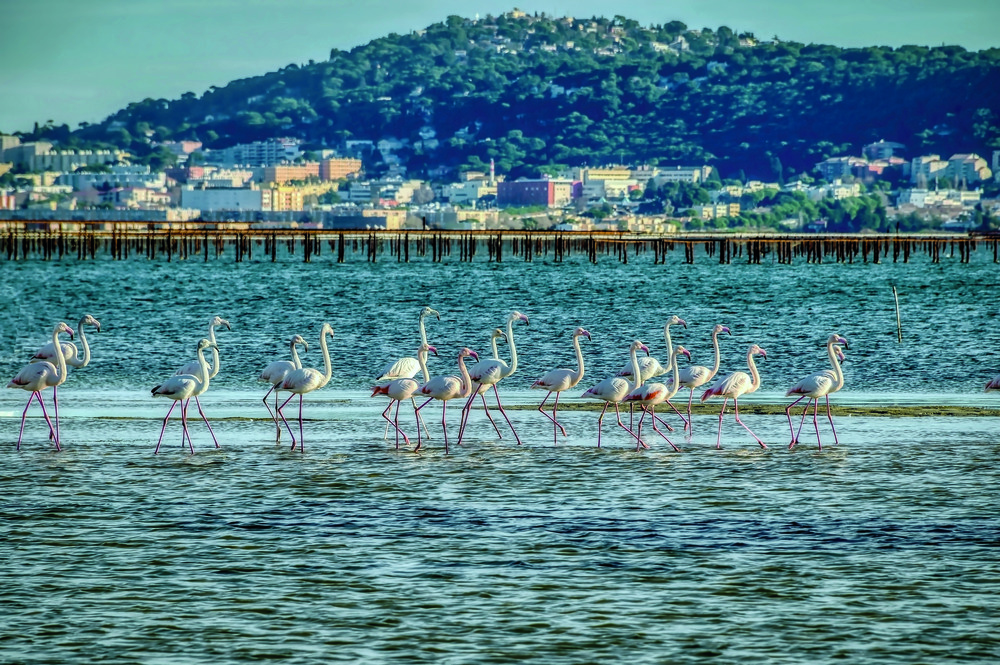
Vines with a view
The day begins at Ormarine, a cooperative based in the small village of Pinet that has spent a century mastering Picpoul de Pinet, the signature white of Languedoc. Its vineyards, perched above the Etang de Thau, thrive under the Mediterranean sun, with roots burrowing deep into mineral-rich soil tempered by the sea breeze.
Ormarine’s director, Cyril Payon, shows a group of us around the vineyard as the sun gives way to a rain shower, explaining how the unique terroir – deep clay-limestone soils, sea mist and Languedoc’s (normally) dry climate – imbues the wines with a saline edge and lively acidity. His love for the terroir and commitment to sustainable practices is obvious – it is imperative, he explains, for fishermen and vignerons alike to protect this precious natural larder of theirs.

Lunch on the lagoon
No visit to the Étang de Thau is complete without sampling its most famous export: oysters. The lagoon’s waters are studded with racks of Bouzigues oysters, a variety prized for their meaty texture and balanced salinity.
Oyster farming in Bouzigues, which is the oyster capital of the Bassin de Thau, dates back to the 1920s, and the technique of using suspended tables (tables d’élevage) was developed here in the 1960s, revolutionising production and making Bouzigues oysters a benchmark for quality in France.
A short boat trip across the lagoon (www. midicapthau.fr) yields an unforgettable dining experience – lunch on a sandbar, where guests stand knee-deep in the water, sipping chilled Picpoul and slurping oysters fresh from the sea. Sadly, when I visit, the windy weather makes a rocky island in the middle of the lagoon a calmer choice for our morning picnic.
Picpoul and oysters make a perfect pair, the wine’s crispness cutting through the creaminess of the shellfish, its zesty citrus notes and green apple tang accentuating the oyster’s delicate sweetness.
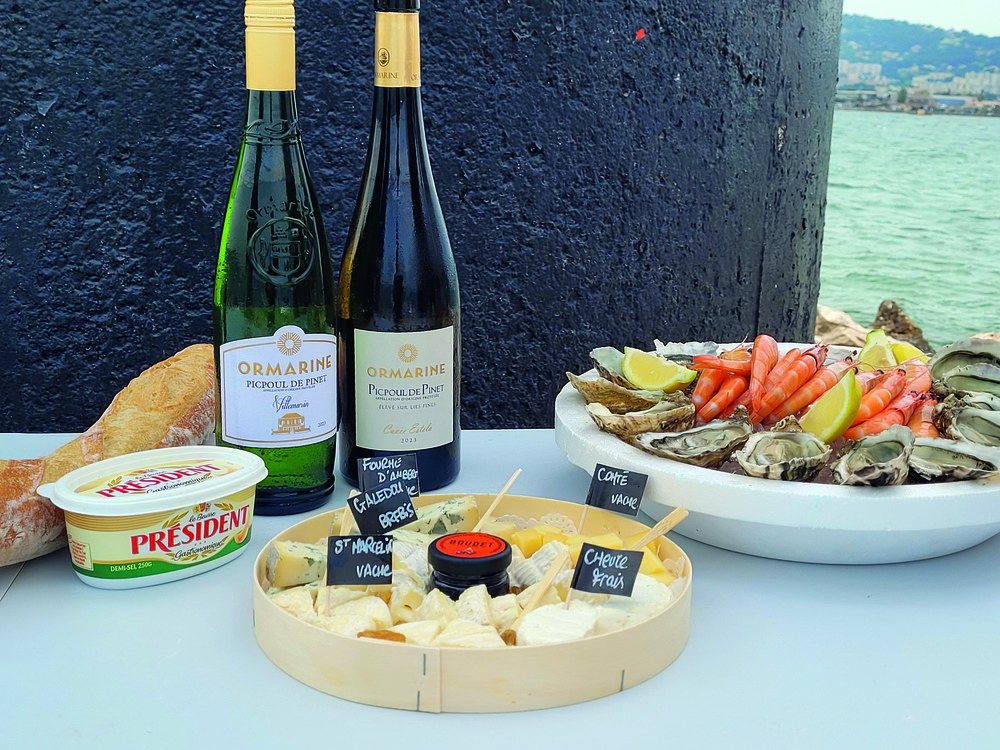
A science lesson
Back on dry land and as the sun reappears over the glittering lagoon, we head for lunch at Le Grand Bleu in Bouzigues, a waterfront restaurant where seafood reigns supreme. Think saffron-infused mussels, glossy sardines and heavenly oysters au gratin – all amplified by a glass or two of Picpoul, bien sûr.
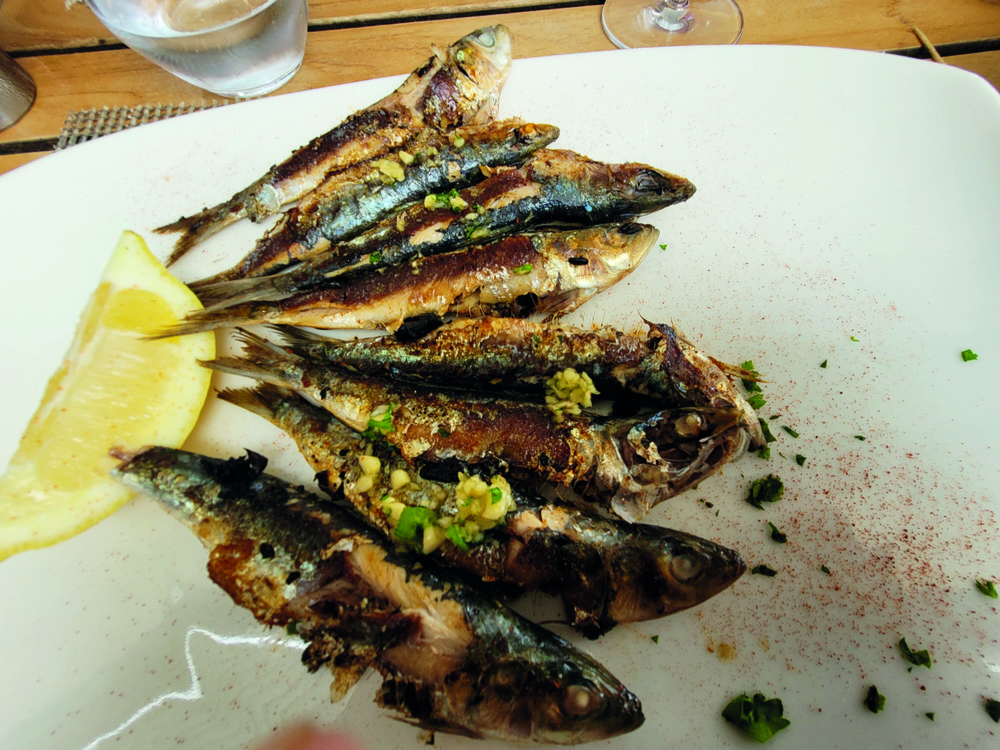
The afternoon is spent with winemaker Lionel Puech, of Maison Jeanjean, which owns Domaine du Mas Neuf and has had a longstanding partnership with the Ormarine cooperative. He leads a deep dive into Picpoul’s evolution, guiding us through a tasting of wines aged on fine lees, a method that gives them extra texture and complexity. For the uninitiated, it’s a revelation, the usual bright, zesty Picpoul now layered with richer, creamier notes.
A hands-on blending workshop follows, in which we get to play winemaker, tweaking acidity and minerality to see just how much precision goes into what seems effortless in the glass. Spoiler: it’s a lot.
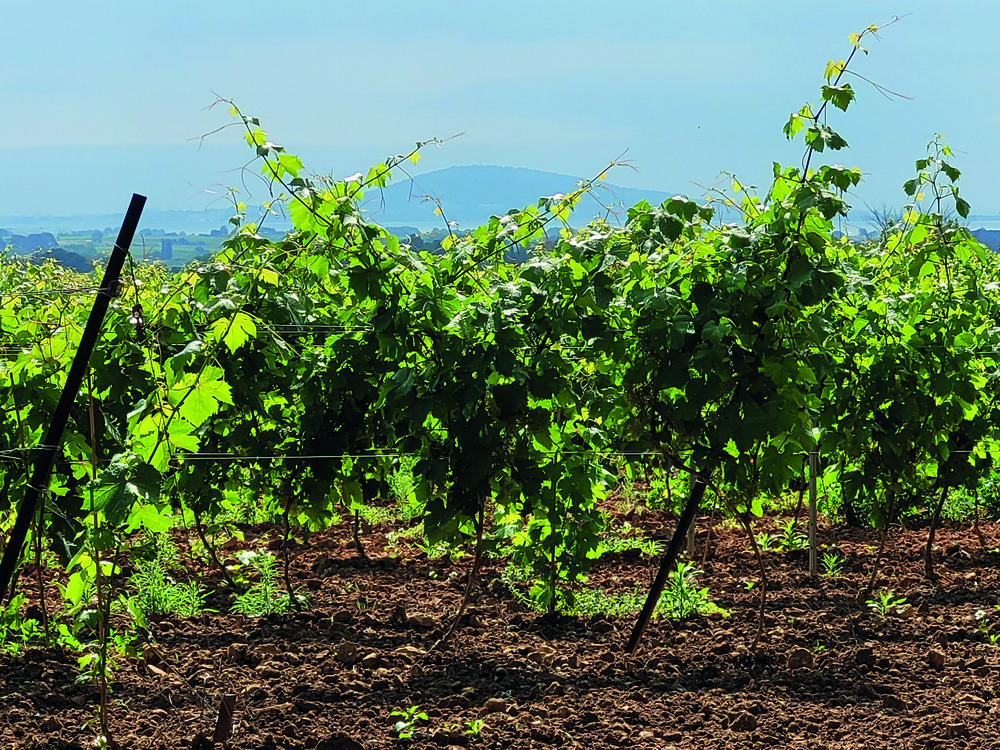
I round off my time in the Bassin de Thau in Frontignan at Le Poisson Rouge, a beachside restaurant renowned for its seafood feasts and panoramic lagoon views. It’s Friday night and it’s buzzing with locals-young couples on a date, groups of friends, and families with small children and grandparents in tow. The menu highlights the very essence of the region: swordfish ceviche, fragrant mussels steamed in garlic-infused white wine, octopus with aioli, buttery monkfish cooked in tomatoes, herbs, garlic and wine, and more of those plump, succulent oysters. All paired, of course, with Picpoul de Pinet – the wine that whispers of sun, sea and a place where time slows just enough to savour every last drop.
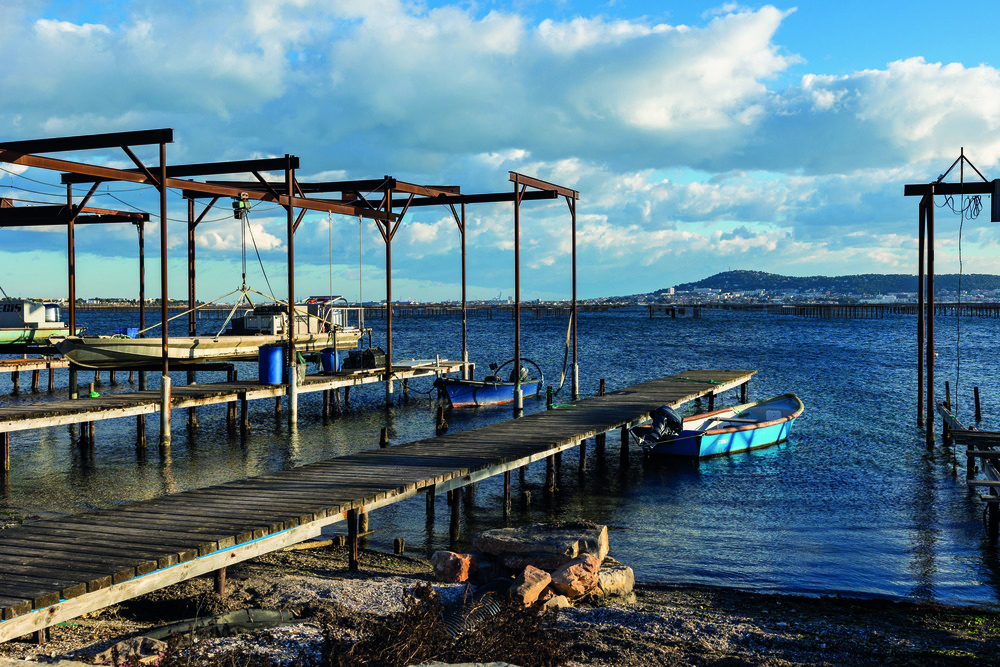
Looking for more French food and drink content?
In our magazine we offer a whirlwind tour of the best gastronomic destinations. Discover La Belle France’s renowned markets, quirkiest food festivals, most indulgent restaurants and foodie experiences.
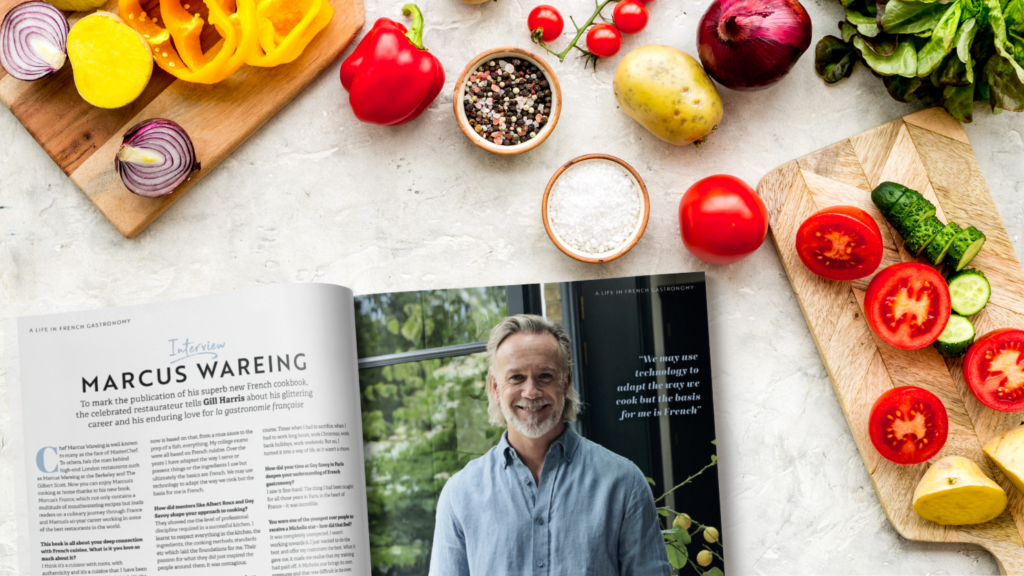
Lead photo credit : Photo: Shutterstock
Share to: Facebook Twitter LinkedIn Email


